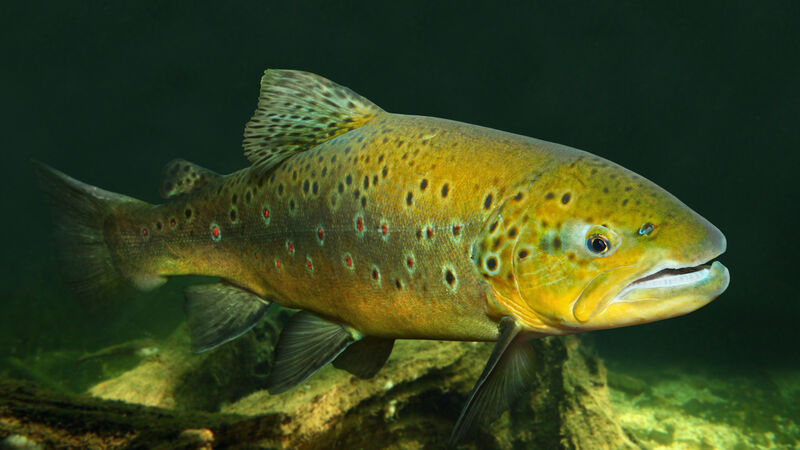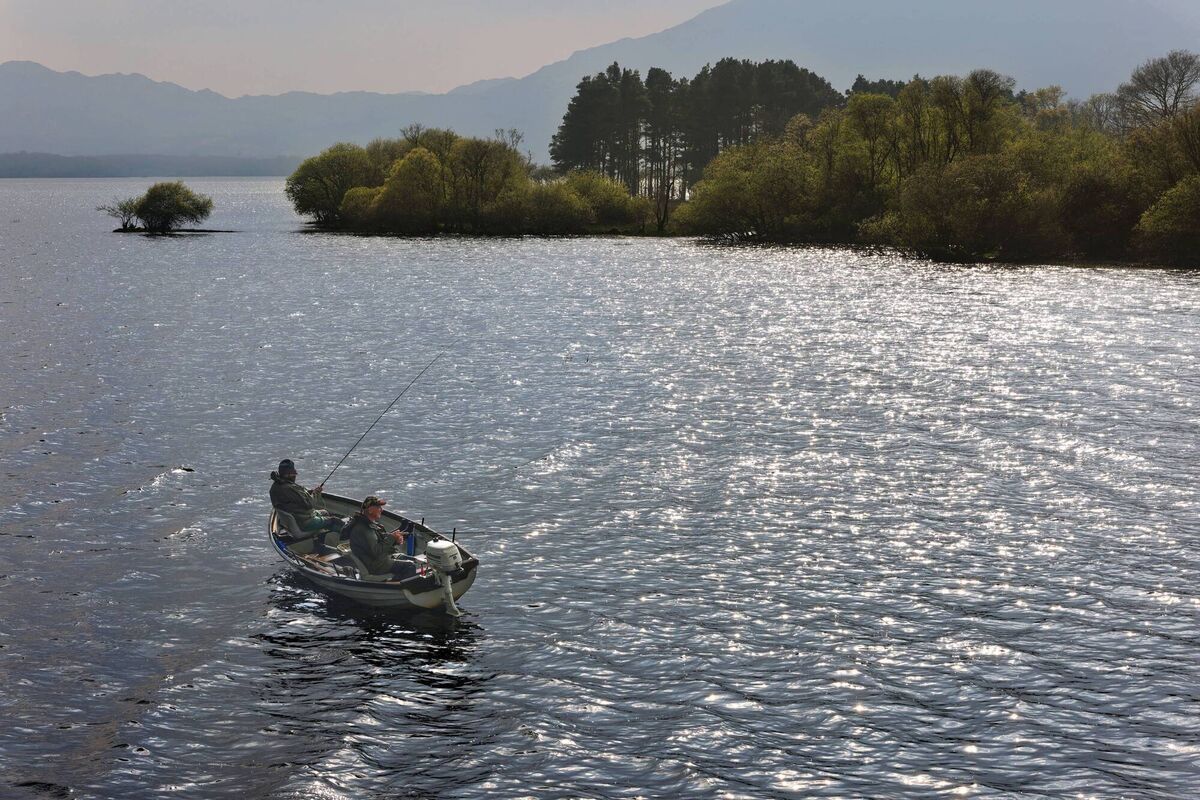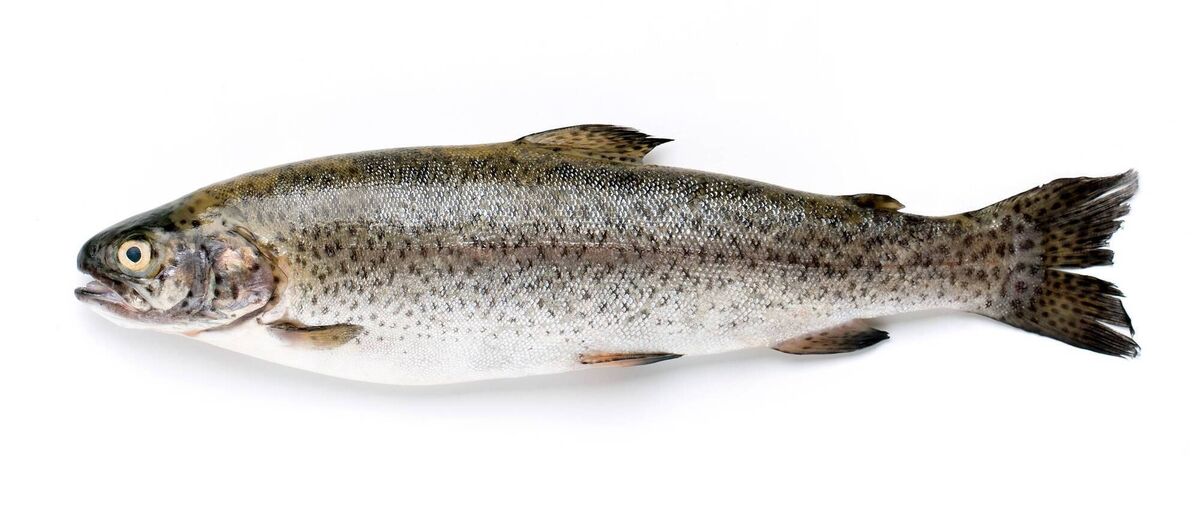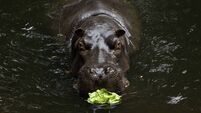Anja Murray: Shameful that our activities have put our waterways in jeopardy for so long

Trout: genetic research has revealed there is more genetic variability among trout in Western Europe than there is between the entire population of humans
Waterways across Ireland are home to trout — some lightly speckled, others splodged with big red polka dots. Their colour varies from rich golden brown to light silver and grey. Trout are both the most widespread of Ireland’s indigenous fish and display the most genetic variation of any fish species here. In some cases, fish with the same genes can look different depending on their environment; in other cases, it is gene variants that produce very different-looking fish. In fact, genetic research has revealed that there is more genetic variability among trout in Western Europe than there is between the entire population of humans — a characteristic enabled by the fact that trout have double the number of chromosomes that we humans have.
This also means that trout are an impressively adaptable fish, part of the reason why they were among the first to colonise Irish rivers and lakes, 14,000 to 10,000 years ago, after the end of the last great ice age. Like salmon, they are able to withstand both salty and fresh water, so were able to find their way here across late glacial seas and establish themselves in the numerous post-glacial rivers and lakes that were left in the landscape as the ice thawed and rivers forged their course.

For thousands of years, trout were among a select few species of fish in this island, allowing them to thrive with little competition in the fresh clean waters, amply nourished on a generous variety and abundance of insect life. They feed on tiny freshwater shrimps and aquatic insects such as mayflies, caddis flies, and stoneflies, of which there are dozens of different species, each adapted to particular habitat niches and abundant in healthy rivers and lakes.
Such rich resources meant many trout had little need to travel far. Coupled with the tendency for successive generations to stay loyal to the same spawning grounds, this gave rise, over time, to distinct subgroups of trout populations emerging. This is the process that has given rise to the remarkable genetic variation among indigenous trout.
Previously it was thought that sea trout and brown trout were different species; later it was thought that there were perhaps dozens of different species of trout in these islands, with each species looking and behaving differently from others. More recently, insights offered by innovations in genetic analysis have revealed that despite enormous variability in their morphology and behaviour, all the trout here are in fact the same species.

The variability in their genes manifests in different ways, including the characteristic that each discrete genetic group has its own distinctive spawning ritual. Now, as winter sets in trout, like salmon, are journeying upriver to spawn, searching out the gravel beds of well-oxygenated waters in the same stretch of stream where they themselves were born. Well-oxygenated waters are needed for the eggs to develop. Where small gravely upland streams are low in nutrients, the feeding is limited for young trout, propelling the populations in those waters to migrate for better feeding. Those born in richer waters have evolved to remain most of their lives without ever travelling far at all.
Others migrate as far as the open ocean, known as sea trout. The decision to stay or go is informed by a combination of nutrition and genes. Those known as brown trout retain brown pigments in their skin, thus blending in better with silty river water and lowering their chances of predation.
The ones that go to sea are able to change their skin colour to silvery hues, which disguises them better in the sea. These silver trout can spend as little as a few months out at sea or as long as several years, feeding on small fish. They tend to get much bigger than the brown trout that stay in freshwater lakes and rivers, and return to fresh waters in Autumn. Here, they lose the silver colour and go back to being brown again, looking just like the stay-at-home brothers and sisters, just bigger.
The basis of this abundance is the health of the ecosystems in which they spawn and live, which determines consistency and availability of food. When waters are enriched by an excess of nutrients, oxygen levels in the water become depleted and invertebrates struggle to survive, which in turn causes a decline in the availability of food for salmon, trout and other fish.
It is thus with widespread relief that necessary limits on the quantity of nitrate fertilisers that can be spread on land will now, at last, be applied. Sustained attempts to undermine the application of the Nitrates Directive, which is designed to uphold the objective of having healthy waterways, were thankfully unsuccessful.
This means that the task of restoring rivers and lakes is once again worth pursuing. Healthy waters for humans as well as the habitats of mayflies, stoneflies, caddisflies, freshwater shrimps, trout, salmon, lamprey, otters, wild birds, and lots of other wildlife too is now a possibility, and the decline of these iconic animals might be feasibly halted or even reversed. Along with tackling nutrient pollution through legal limits on fertiliser application, other actions are needed too, including infrastructural improvements in wastewater treatment.
Once improvements in water quality begin to be realised, there is a massive role for active restoration of habitats in rivers and lakes too. In stream spawning habitats can be protected and re-instated; river banks stabilised with native planting; and invasive species tackled in many freshwater lakes in particular.
Ireland has an especially ample heritage in the rich life of our rivers and lakes, the abundance and incredible genetic variety of trout is something very special. That our activities have put so many of these distinct populations in jeopardy for so long is shameful. Now, with the implementation of limits on nitrates; a growing practice of river restoration; and an accelerated investment in wastewater treatment, we may yet, only just, be able to make feasible the continuation of this rich legacy.






